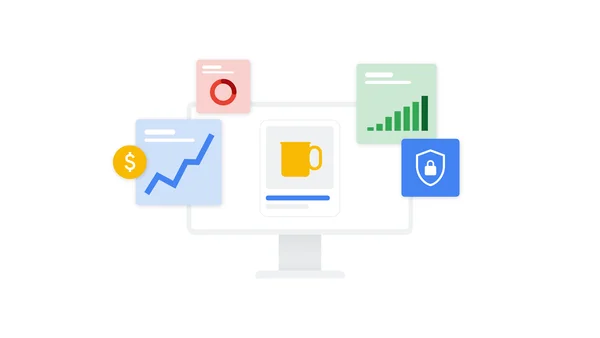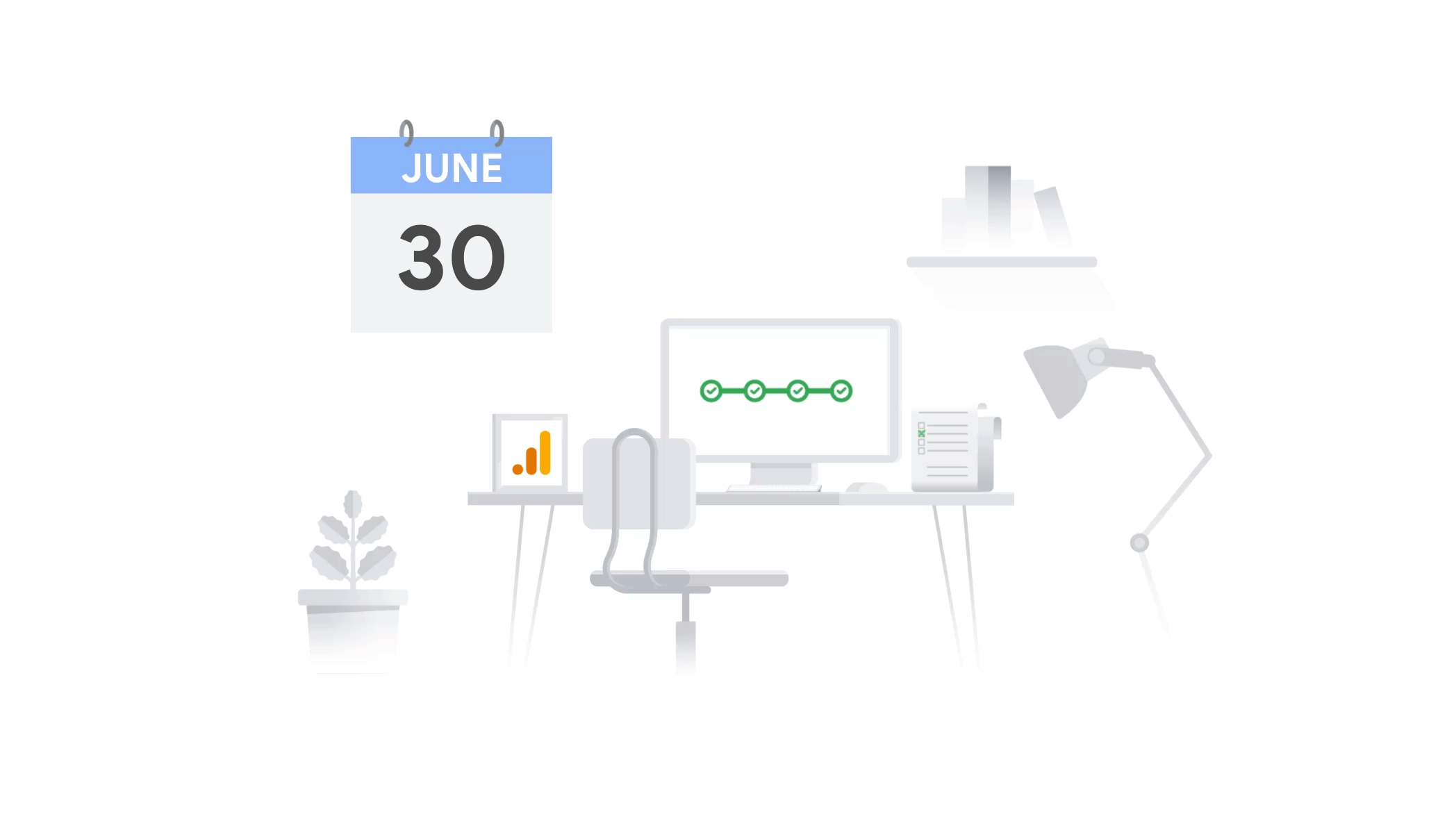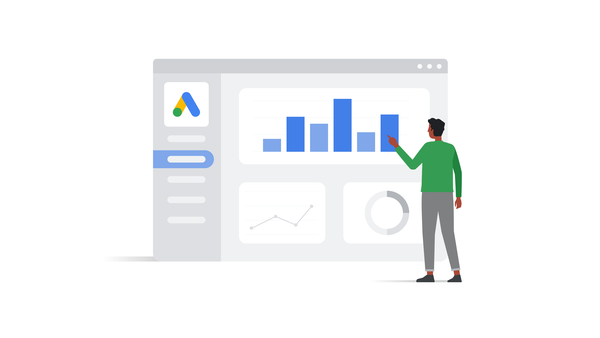Improve ROI with data-driven attribution
Use data-driven attribution to analyze the full impact of your marketing across the customer journey. It assigns attribution credit to more than just the last click using your Analytics data, and helps you understand how your marketing activities collectively influence your conversions. You can export that analysis to Google Ads and Google Marketing Platform media tools to optimize campaigns.
Measure engagement and conversions with business and compliance needs in mind
With new country-level privacy controls, you can manage and minimize the collection of user-level data — like cookies and metadata — while preserving key measurement functionality.
Get greater value from your data
Machine learning generates sophisticated predictive insights about user behavior and conversions, creates new audiences of users likely to purchase or churn and automatically surfaces critical insights to improve your marketing.
Easily activate your insights
Expanded integrations with other Google products, like Google Ads, work across your combined web and app data, making it easy to use Analytics insights to optimize your campaigns.
McDonald’s Hong Kong met its goal to grow mobile orders using a predictive audience of “likely seven-day purchasers” and exporting it to Google Ads — increasing app orders more than six times. The team saw a 2.3 times stronger ROI, a 5.6 times increase in revenue, and a 63% reduction in cost per action.
“Google Analytics 4 has equipped us with a strong measurement foundation. We are able to get valuable insights from our first-party data with machine learning and utilize them in our marketing, driving impressive results to future-proof our business.”
— Tina Chao, McDonald’s Hong Kong Chief Marketing and Digital Customer Experience Officer
And now, Search Ads 360 and Display & Video 360 integrations are available for all customers. This means that any Google Analytics 4 property — standard or 360 — can activate its Analytics data, like conversions and audiences, in Google Marketing Platform buying tools to strengthen campaign performance.
Address your enterprise measurement needs
New sub and roll-up properties in Analytics 360 allow you to customize the structure of your Google Analytics 4 properties to meet data governance needs. This ensures that different teams or partners, like advertising agencies, can access the data they need in accordance with your policies.
Analytics 360 also offers higher limits to meet increasing demand — up to 125 custom dimensions, 400 audiences and 50 conversion types per property. And you’ll have peace of mind with service legal agreements (SLAs) across most core functionality, including data collection, processing, reporting and attribution.
"As a large enterprise business with a wide product portfolio, the new Analytics 360 has unlocked insights for our teams to make data-driven decisions, while providing the ability to meet our complex data governance needs with ease and flexibility.”
— Rashi Kacker, Director of Marketing Technology Innovation, Constellation Brands
 New tools in Google Ads and Analytics allow you to simplify your measurement and are more seamless to adopt.
New tools in Google Ads and Analytics allow you to simplify your measurement and are more seamless to adopt.
 New tools in Google Ads and Analytics allow you to simplify your measurement and are more seamless to adopt.
New tools in Google Ads and Analytics allow you to simplify your measurement and are more seamless to adopt.
 Upgrade your Analytics 360 properties to Google Analytics 4 by March 2024 to preserve measurement and campaign performance.
Upgrade your Analytics 360 properties to Google Analytics 4 by March 2024 to preserve measurement and campaign performance.
 The Google Analytics 4 deadline is July 1, make your move before it’s too late and get AI-powered insights to improve your ROI.
The Google Analytics 4 deadline is July 1, make your move before it’s too late and get AI-powered insights to improve your ROI.
 Showcasing how Mercedes-Benz Germany increased performance with data-driven attribution, and introducing new ways to see success with this model.
Showcasing how Mercedes-Benz Germany increased performance with data-driven attribution, and introducing new ways to see success with this model.
